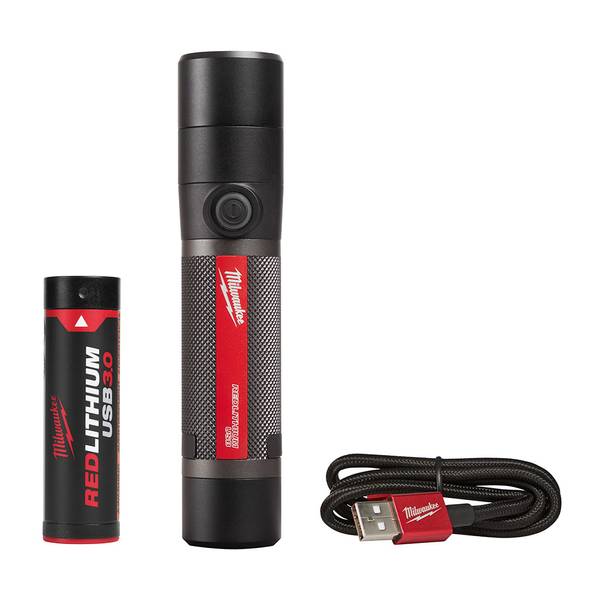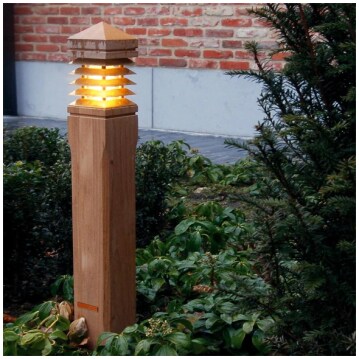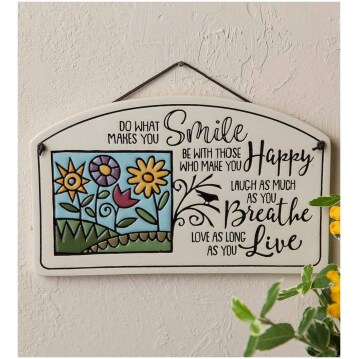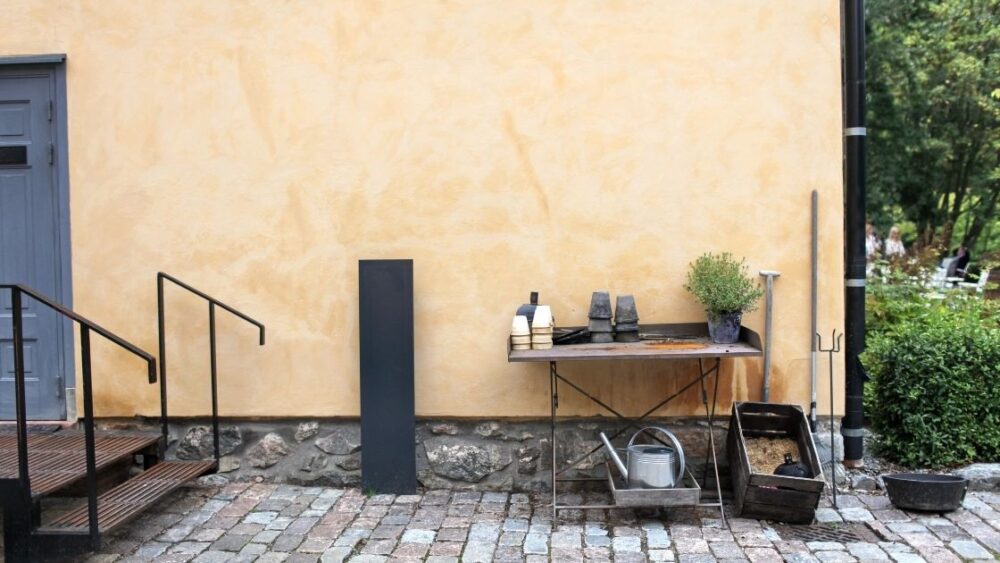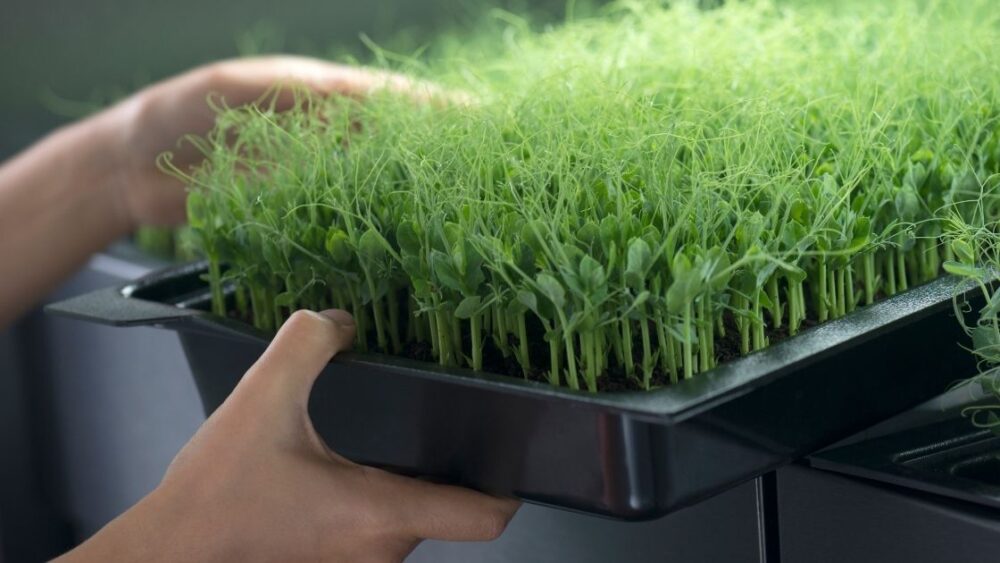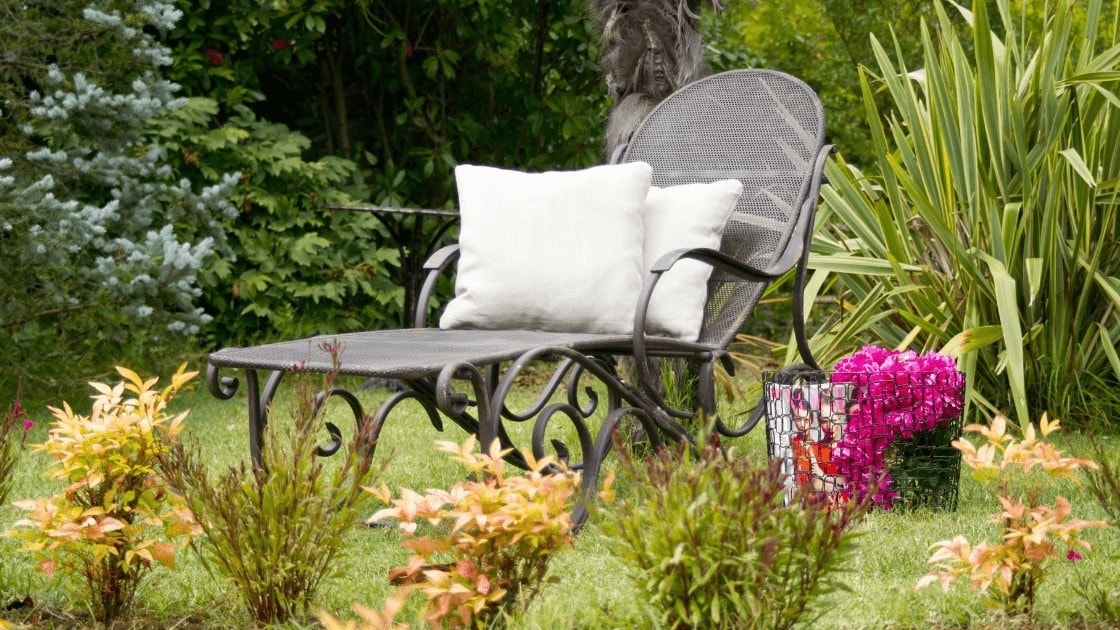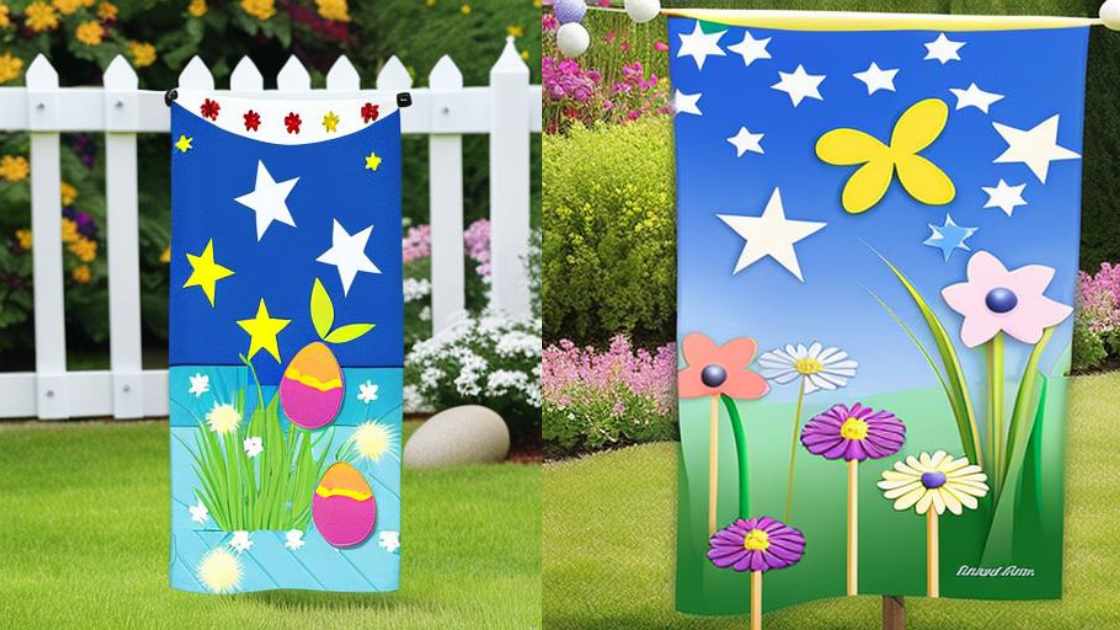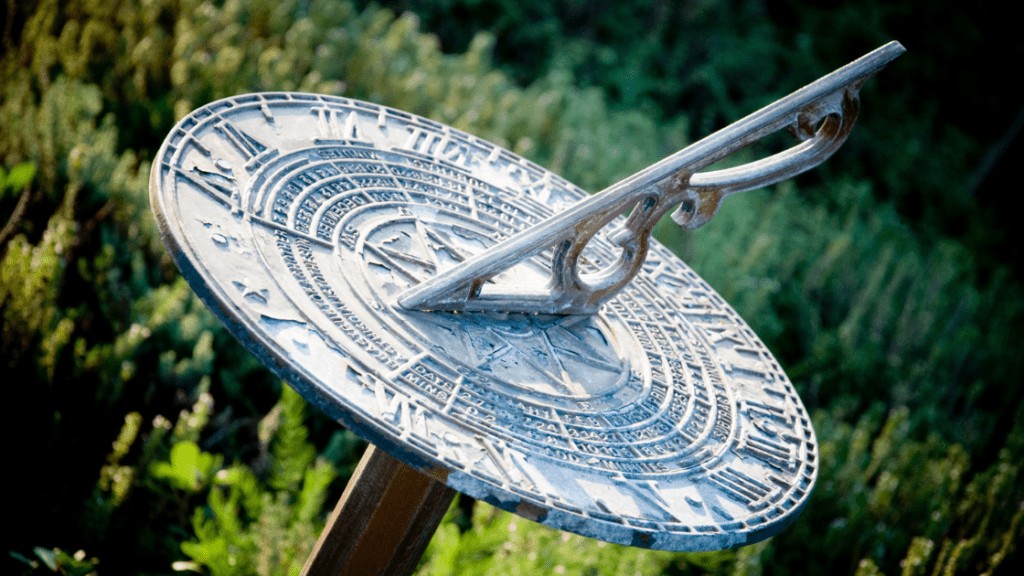
Adding a sundial can improve the visual appeal of any garden and there are countless different designs available to choose from. Depending on your geographical location, orienting the sundial correctly can also make it surprisingly accurate – while you won’t be able to tell the time with a minute-accuracy, a 15 to 30 minute accuracy is easily achievable.
As a practical way to keep track of time, sundials have been obsolete ever since the 19th century. However, they are still widely used for their decorative value – they can serve as a fascinating visual element, as well as an educational tool.
What Are The Benefits of A Sundial And What Value Does It Bring To A Garden?

Sundials are an interesting visual element for a garden or for any outdoor location that receives direct sunlight. Most sundials are made out of solid metal – usually brass or copper. They often have an antique-looking finish, but more modern, shiny designs are available as well.
Browse our Affiliate Products
Choosing a suitable color and design is completely up to you and virtually any design can look well in any garden. The most commonly used style of sundial is the roman-style sundial with a dark, oxidized brass finish, or the more interesting green-blue finish known as ‘Verdigris’. Garden sundials usually have diameter of around 10 inches.
To check out our affiliate picks of sundials, check out our sundial category: Here.
Cultural Antiquity
Although many modern-looking sundial designs exist, most sundials have a purposely antiquated look to them, usually based on the traditional Greek sundials, which the Romans adopted and started widely using somewhere around 290 BC. Despite what many people would think, using an ancient-looking, Roman sundial design in your garden doesn’t require the whole garden to be built in a Roman style.
In fact, ancient, antiquated-looking designs can look just as good in a modern-style garden and can provide a nice contrast. A large sundial can serve as a centerpiece visual element of a garden, much like a fountain or a beautifully arranged combination of flowering plants.
Sundials Can Have Educational Value
Apart from their visual appeal, sundials can serve as an important educational tool – they often pique the interest of kids which often ask questions about what they are and how they work.
The explanation obviously illustrates important astronomical principles – the rotation of the earth around its axis, as well as movement of planets in general. Guests who come to your garden will also probably notice the sundial and ask questions about it, creating a nice conversational topic.
Sundials Last Practically Forever
Because sundials are constructed out of metal, have a very sturdy construction and usually have an oxide layer finish, they will practically last forever in your garden and can endure harsh weather conditions without any problems.
Brass or copper sundials naturally develop a very resistant oxide layer on their surface – the corrosion resistance of those metals is well illustrated by the fact that rain gutters are commonly constructed out of them.
Stainless steel sundials are also common – steel develops a transparent, corrosion-resistant oxide layer which preserves the shiny, silver color of the metal indefinitely.
Disadvantages of Sundials
Sundials have no disadvantages when it comes to their decorative and landscaping value and they have obvious disadvantages when it comes to using them for keeping time. They don’t really work in cloudy weather, require a bright spot with direct sunlight and have to be manually adjusted for daylight saving purposes.
Those are obviously the reasons why they started becoming obsolete as far back as the 14th century and were completely replaced by the mechanical clock during the 19th century.
Types Of Sundials Commonly Used In Gardens
There are more than 10 different designs of sundials, but two of them are most commonly used in gardens – the horizontal sundial and the equatorial sundial.
Since sundials are usually purchased for their decorative value, concerning yourself with the mechanics and working principles of the different types of sundials is not really important.
The vast majority of decorative sundials are horizontal designs – they are also the cheapest. Equatorial designs can be more expensive, but they are also more interesting and unique and may pique the curiosity of guests more, especially of mathematicians, historians and other people in science-oriented professions.
For more information on other types of garden décor, click here: What are Decorative Garden Stakes Used for?
Horizontal Sundials
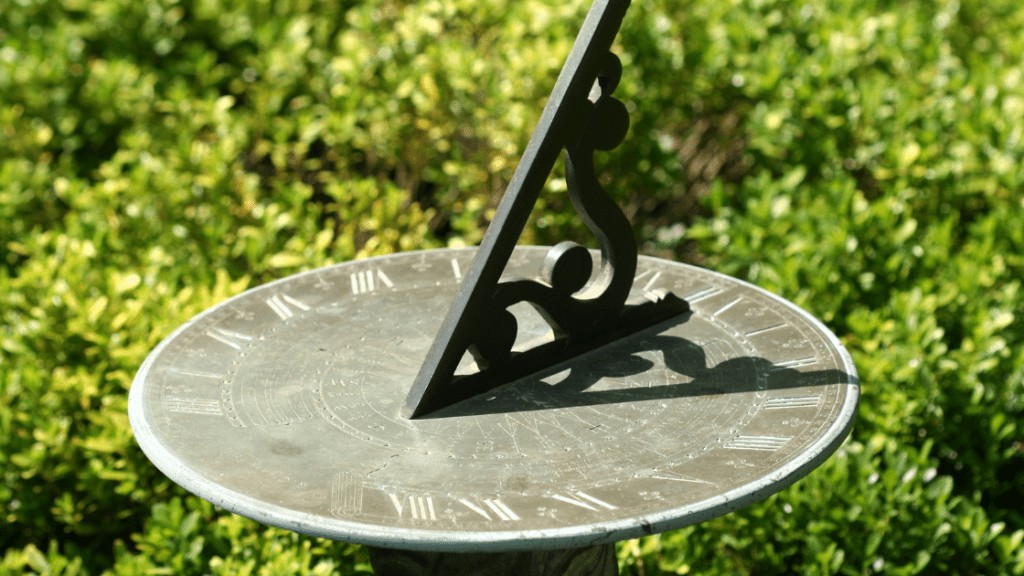
When most people think of a sundial, they usually imagine the most common, horizontal sundial, which is a flat plate with a vertical triangle sticking out of it, called a gnomon. The gnomon casts a shadow on the flat plane, and as the sun moves, so does the shadow.
Horizontal sundials are very easy to read, because the circular surface on which the shadow falls resembles the face of a regular clock.
Equatorial Sundials

Equatorial sundials have a more interesting design and can be more accurate. The plane on which their shadow falls is usually a strip with a circular bend and because the sundial is tilted to be parallel to the equator, the shadow always falls perpendicular to the gnomon.
This style of sundial is less common and has a more ‘scientific’ look to it, which can be appealing to some people. They are a bit more difficult to position correctly, because they require a proper tilt. However, their design allows for easy calibration.
Amazon offers some great choices of sundials as seen below.
Sundials as Birdbaths and Birdfeeders
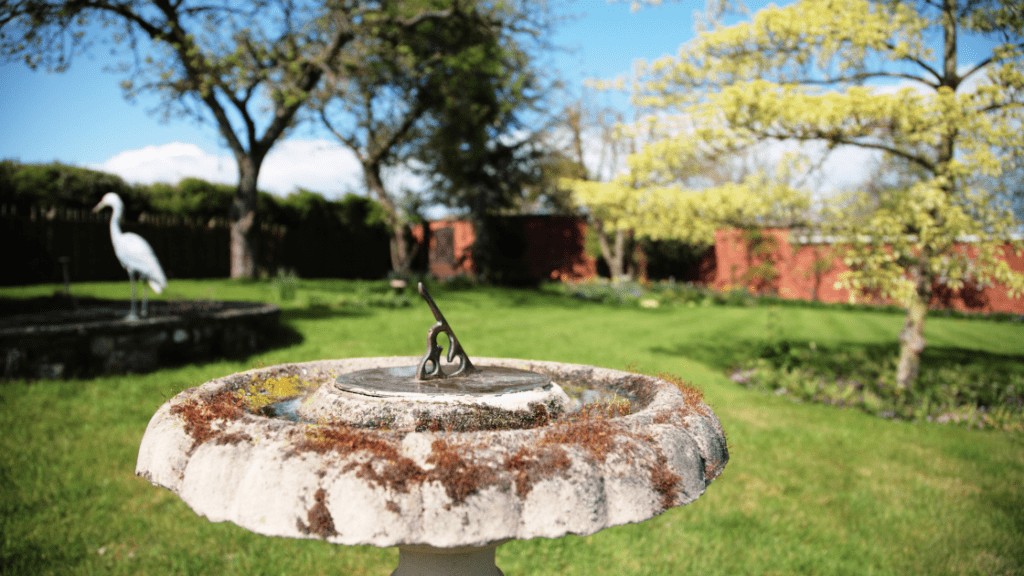
Since many people add sundials as a centerpiece to their gardens, it would come natural to support the wildlife that visit your garden daily. Their are many designs that suit this purpose perfectly, while still adding value to your outdoor space.
Amazon also offers some great choices of sundials as birdbaths or birdfeeders as linked below.
Positioning a Sundial
Usually, sundials come with instructions on how to orient them properly. The process is easy enough and usually involves finding the true north by using a compass.
Before fixing the sundial in your chosen spot, it’s worth letting it just sit for a few days to make sure that the spot is optimal and that no unwanted shadows fall on it at any point during the day. For more accurate timekeeping, horizontal sundials may be tilted for their surface to become parallel to the equator.
A sundial obviously has to be installed in a sunny spot – they don’t work at all with indirect sunlight or even in partial shade. Because of surrounding trees or buildings, many gardens don’t have a spot that receives direct sunlight throughout the whole day. This doesn’t completely prevent you from reading the sundial and it will still be usable during the hours of direct sunlight.
For more information setting up a sundial, click on the link below.
www.wikihow.com/Read-a-Sundial
Final Thoughts
You can’t go wrong with getting a sundial for your garden – the most common, 10-inch design is small enough to be easily installed in any sunny spot and can virtually last forever. Sundials look great, are a great conversation starter and can serve as an educational tool. They can also be a great gift, especially for science-oriented people who have a suitable sunny spot in their garden. Positioned correctly, they can also be used for their originally intended purpose – to keep track of the time!

